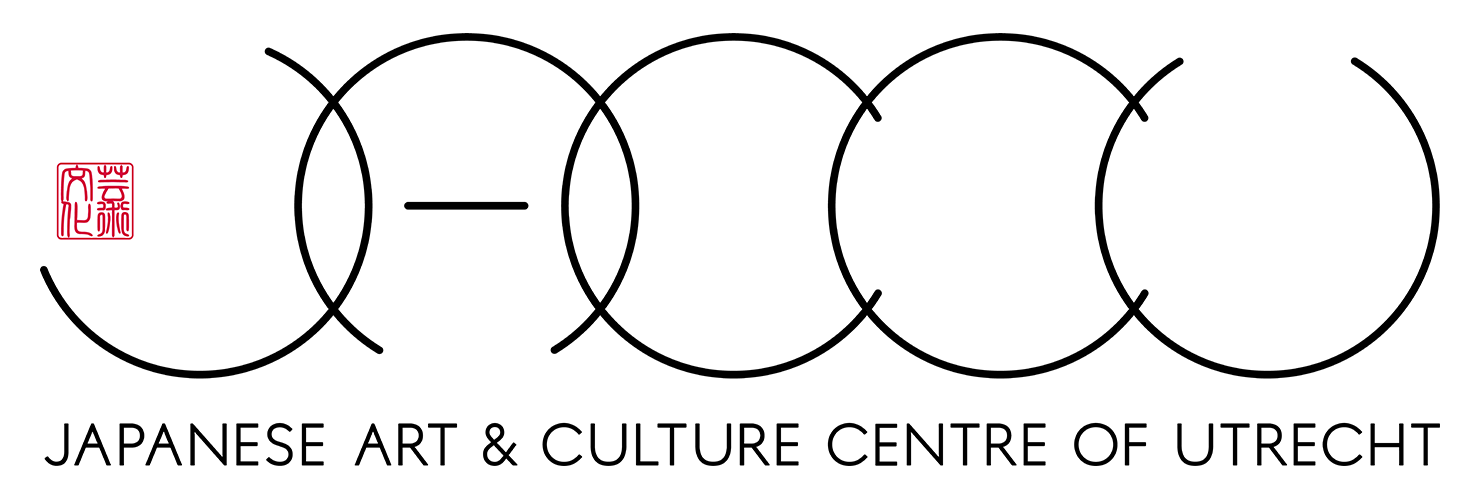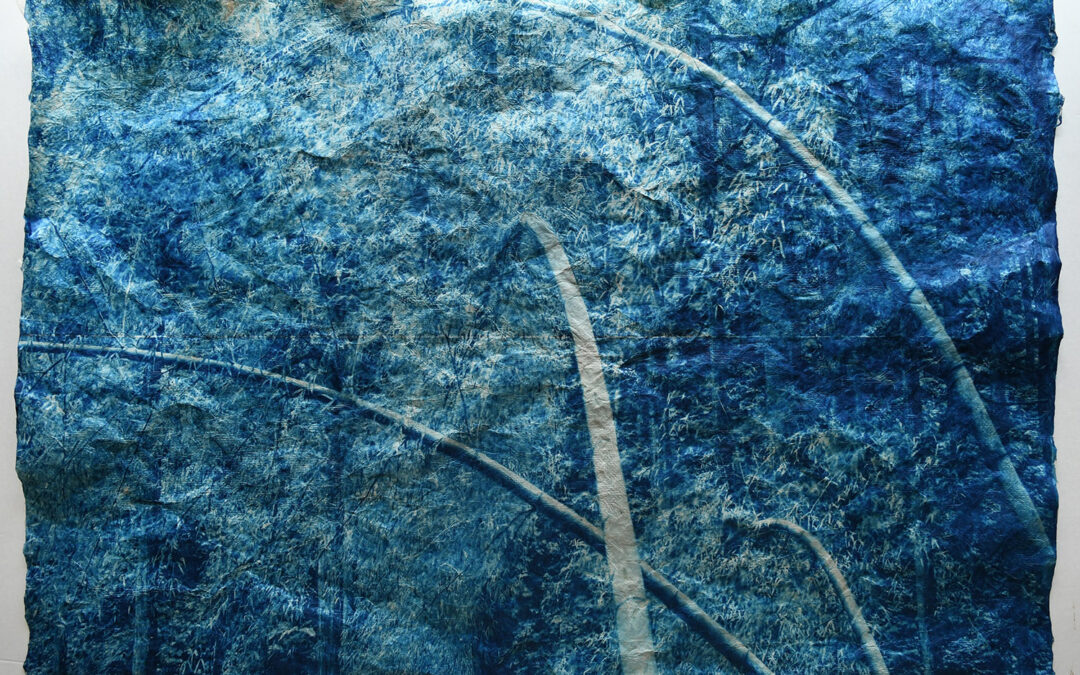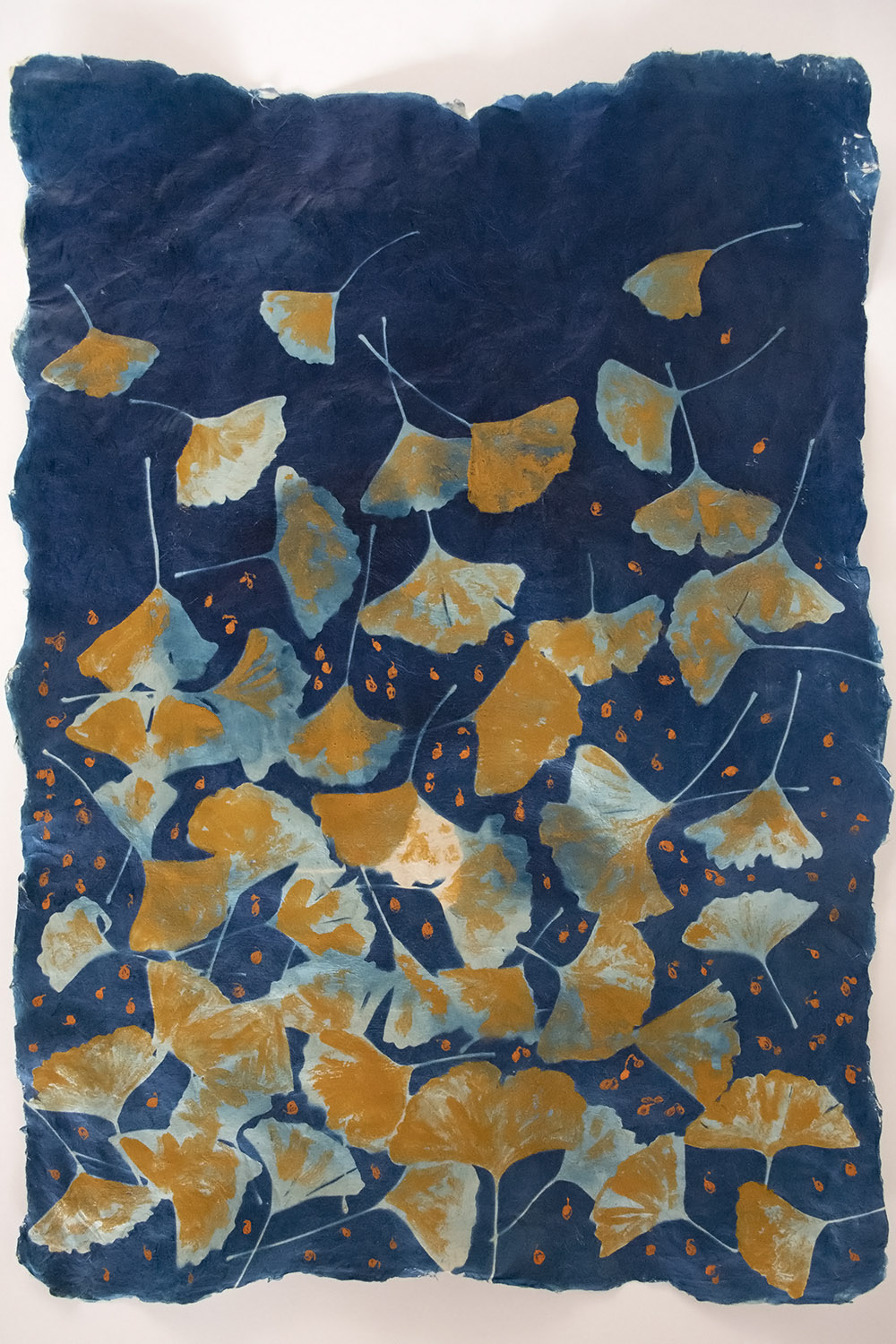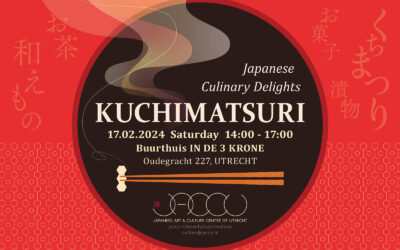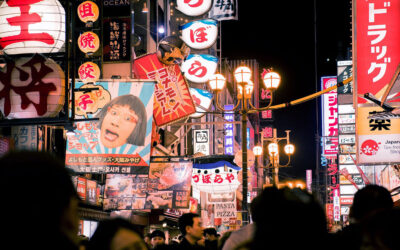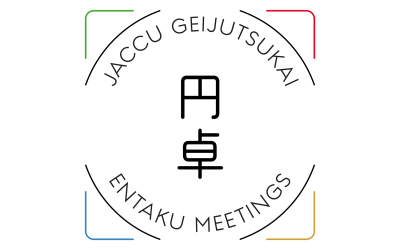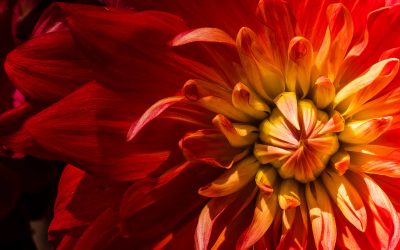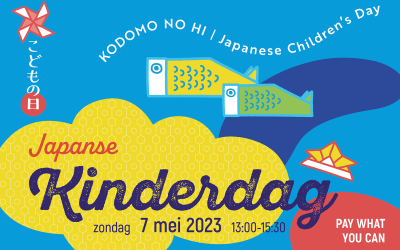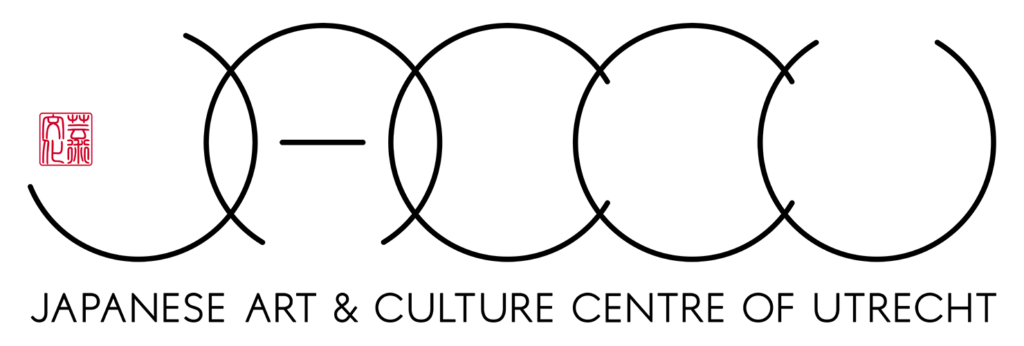Bildhalle Gallery in Amsterdam recently exhibited the unique cyanotype photographs of Japanese artist Mika Horie in the artist’s first solo show in the Netherlands, Kiku. Her work will be available again before the year is out at Leiden’s Japan Museum SeiboldHuis from September to January 2023. Our content writer Karen Batino interviewed her for JACCU followers to get to know more about Mika Horie and her work.
Who is Mika Horie
The very first inspiration of Mika Horie (b. 1984, Kyoto) to make art was through her two elder sisters, who would bring home beautiful works made in art classes at school. She became fascinated with replicating the same flowers and other forms during her own high school drawing classes.
Mika was always intrigued by the imitation of reality as an artistic practice. Hence it is no surprise that she took photography classes at Kyoto University of the Arts while studying for a degree in Information Design in 2007.
For Mika, learning the elements of photography and its layered processes changed her world. Photography was a practice of capturing the essence of reality as closely as possible. She followed her degree from Kyoto with a year of study in London, graduating with a master’s degree in European Art Practice (Fine Art) from Kingston University in 2009. There she began to develop into the artist she is today.
In one of her master’s projects, she wanted to bring something from her own culture into her work. She began using traditional Japanese gampi paper to print cyanotype photographs. The paper she currently uses for her prints is not just any gampi paper, but paper she makes herself, from material she harvests. In this way she has built a creative practice that is both integrated with natural processes and also sustains a cultural tradition.
See the exhibition in Galerie Bildhalle Amsterdam in 3D by Artland
The Artistic Process
Gampi is a shrub that can only be harvested in late winter and early spring. It is dried and then boiled to remove the strong acidity of the plant and soften the fibers for making into paper. Mika cleans and processes the gampi by a river near her house in the mountains of Kaga, in Ishikawa province. She lets the resulting pulp dry into papers of the shape and size she desires for printing her photographs. Then she makes cyanotype prints, which rely on natural sunlight to create an image. This condition influences the outcome of each work, whose image reflects the sunlight of that particular day.
She adds pigment to some of her images, using colors that recall the moment she was capturing. “Wild Brown Leaves in My Garden II” is an example, with ochre-tinted gingko leaves that remind her of the original leaves as they fell to the ground.
Publication
Because Mika’s cyanotypes rely on nature, unpredictable as it is, some prints do not come out as she would like. As an embodiment of the Japanese tradition of recycling, Mika used these prints as the cover material of her first published book, Trees, Water and Light, produced earlier this year with her gallery IBASHO (Antwerp). The book was offered in a limited series of 300 copies, each with its own unique cover made from one of the unselected prints.
To see more of Mika Horie’s gampi paper and cyanotype work, you can visit her website. You can also expect to hear more about her upcoming exhibition at the JapanMuseum SieboldHuis on the JACCU website!
NEWSLETTER
NEWS & ARTICLES
KUCHIMATSURI – A Festival for Your Mouth
Japanese Culinary Delights We extend our warmest invitation to join us at "KUCHIMATSURI | 口祭り", an enriching culinary-cultural event hosted by JACCU Bunkakai Team. Taking place on Saturday, February 17th, at the beautiful Oudegracht of Utrecht, this gathering offers a...
Head of Marketing & Communication
JACCU is looking for a Head of Marketing & Communication JACCU, the Stichting Japanese Art & Culture Centre of Utrecht is a young NPO based in Utrecht. Our mission is to disseminate Japanese art and culture in its broadest sense, enriching the cultural landscape of...
Entaku Meetings #2
JACCU Art Platform continues with Entaku Meetings The new project of JACCU Art Platform to strengthen the support for Japanese culture in the Netherlands: a series of Entaku (round table) meetings for artists, makers and creators whose work relates to Japan. After an...
Zakelijk Leider
JACCU is op zoek naar een Zakelijk Leider JACCU, de Stichting Japanese Art & Culture Centre of Utrecht, is een jonge non-profitorganisatie gevestigd in de stad Utrecht. JACCU is actief op artistiek en cultureel gebied met een toegewijd platform voor Japanse kunst...
